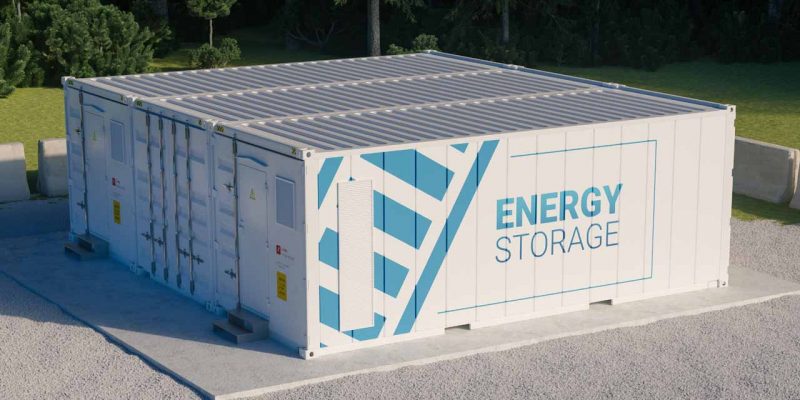Summer’s been bringing on the heat the last couple weeks, and everything from the people to power grids have been trying to lay low. While most cities have been able to keep up with the demand for electricity, it’s led to questions about how do we tackle this problem as the temperature and our energy needs rise? The MIT Energy Institute (MITEI) just published a report on this topic with three years of research findings — but before we go into that it’s important to understand why energy storage (or, rather the lack of it) has been in the news.
Between outages and price hikes, the impact is felt when a surge hits the grid. Outages happen when we can’t keep up with the demand, and price hikes happen because we typically rely on cheaper and more efficient sources to generate power. As demand increases, more expensive energy generators are turned on to support us. Energy storage can help us reduce some of these problems, but it’s not just useful for our existing grid systems.
Building energy storage facilities to complement alternative energy sources is a necessity. You might wonder how sources like sun and wind power can support our needs when the natural resources they rely on are out of commission on a cloudy or calm day. Spoiler — they can’t really. But with the help of energy storage systems, excess power generated is saved and used when it’s needed.
Over the last years, huge advancements in lithium-sulfur batteries and solid hydrogen storage have made building energy storage facilities viable. Some companies are even commercializing their approach, like the Tesla Powerwall. But how realistic is it to implement a sustainable system that meets our needs?
Here we arrive at MITEI’s report that lays out everything from where facilities can be developed to how the government should subsidize customers.
Some of the biggest findings suggest developing countries invest in energy storage, rather than gas plants, because of comparable costs while having a much lower impact on the environment. In the U.S meanwhile, the MITEI team proposes placing energy storage systems in plants that are being decommissioned to use existing infrastructure that’s connected to the grid, saving both costs and time.
All of this can’t happen though without additional federal support. While our short-term energy needs can be met with existing technology, long-term energy storage needs investment, research, and to take advantage of commonly available resources. A few paths worth exploring include thermal power, hydrogen, and boosting existing mechanical systems.
If you’re interested in going deeper on this topic, we highly recommend checking out the summary and synopsis within the report. You’ll find a whole breakdown of what resources we have available today and what we need to invest in tomorrow. And if you’re looking for even more breakthroughs in energy storage, check out the energy storage page on the site.

















Comments